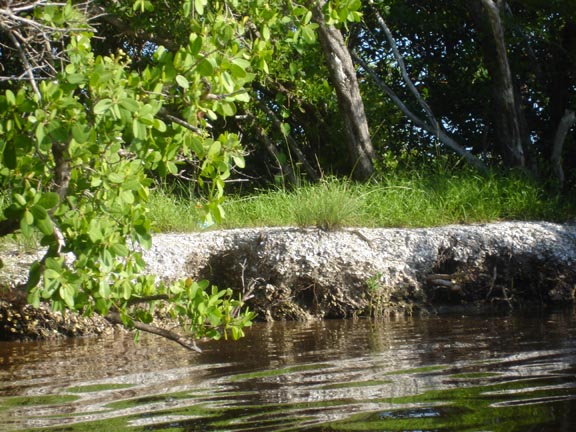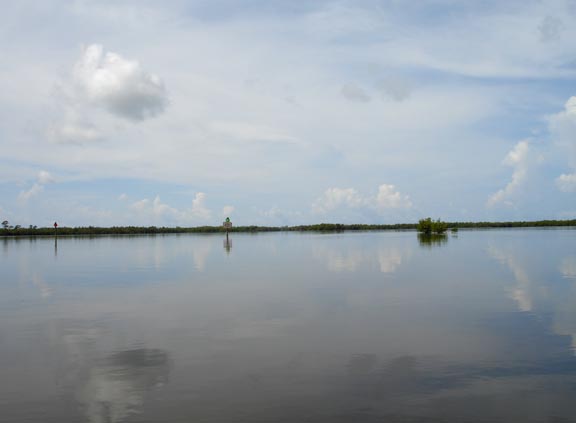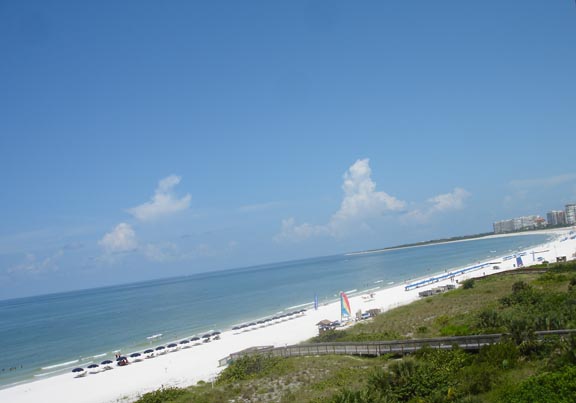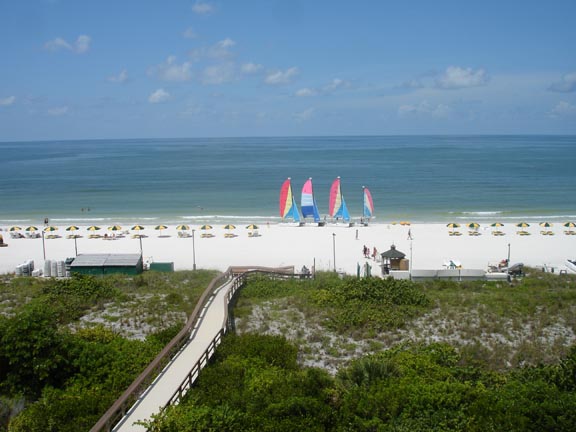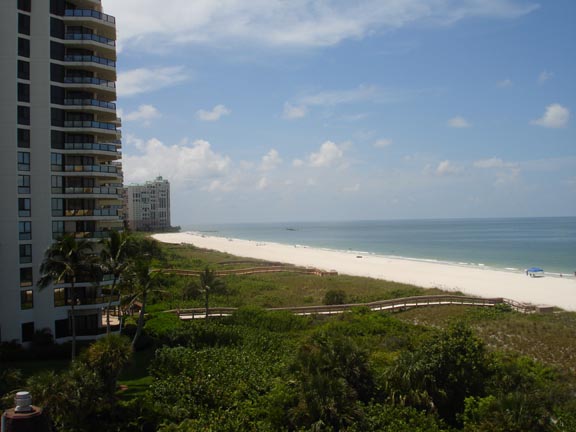Kayaking Rookery Bay in Southwest Florida
Located between Naples and Marco Islandr
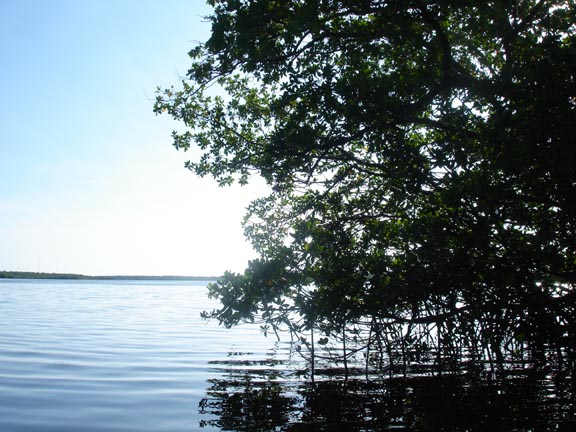 The early morning sunlight filters through the mangroves as we exit onto Rookery Bay on a hot summer morning as we emerge from the drop entrance. This drop has one of those classic lawyer written signs that says basically "Not for public use, but if you do use it, please follow these rules". We are guessing the not for public use protects the conservancy from legal problems with people using the site as we have been reassured it is ok to use the drop by State officials with DEP and Collier county is planning on paving the road next year. It used to have potholes that the car could fall in, but was graded in preparation for paving.
|
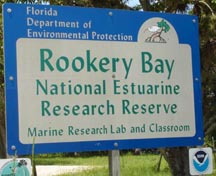
5208 E. Fowler Ave. Suite 1A Book your hotel, car and/or Links for more information Stop at the Rookery Bay Environmental
Join a Rookery Bay naturalist for a two-hour guided exploration of the bays and mangrove forests of Rookery Bay Reserve. Discover the unique plants and animals that make up this coastal ecosystem so valuable. Cost is $35 per person and pre-registration is required at... Special thanks to the Conservancy of Southwest Florida for maintaining the drop on Shell Island Road. The Conservancy of Southwest Florida was formed in 1964 and has spearheaded the acquisition and protection of Rookery Bay. The Conservancy has a Discovery Center, guided electric boat tours and a wildlife rehabilitation center in Naples near the naples zoo at Where to Stay Eagle's Nest Beach Resort The Charter Club Marriott Marco Island Hilton Marco Island All hotel rates plus local taxes
5208 E. Fowler Ave. Suite 1A Book your hotel, car and/or |
Kayaking Rookery Bay in Southwest Florida
You always hear a bird rookery way off the the distance before you can pick out which island.

On a quiet day, you can hear a bird rookery way before you can see it. You start to hear squawking far off in the distance and the volume goes up as you approach a rookery island. For some reason, many birds seem to pick the same islands in the middle of the bay to raise their young. Sometimes it may be all the same kind of bird as I have seen pelican rookeries, egrit rookeries or islands like this one with a mix of birds living in harmony. Rookeries are usually not attached to the mainland and located in the middle of the bay to discourage predators like racoons and foxes that might eat the eggs out of the nest.
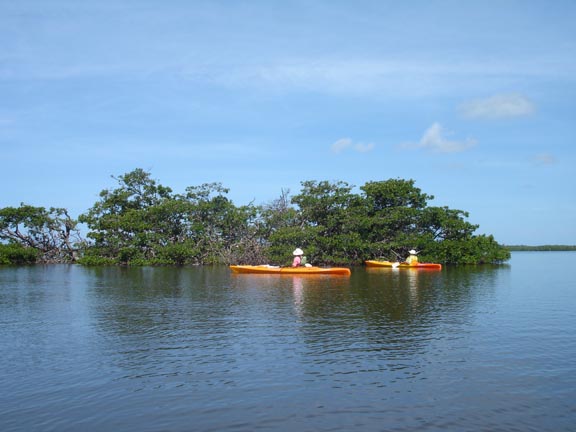
As you approach the rookery island, you will see some agitation among the population. We suggest that kayaks keep some distance between themselves and the birds to allow the birds to raise their chicks quietly and without disturbance.
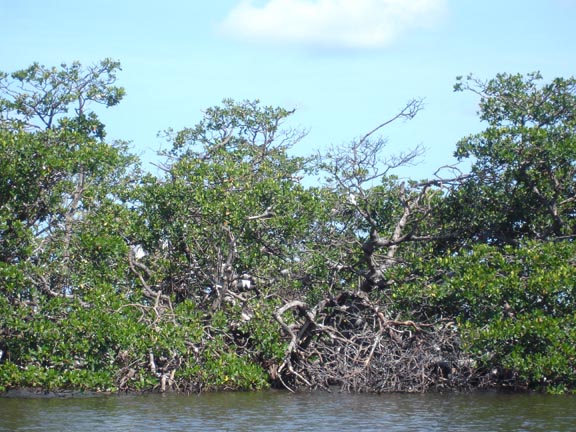
It is hard to see from this picture, but the island is a beehive of activity as adult birds watch over gaggles of chicks that are noisily begging for small fish and crabs that the parents bring back. Every corner of the island has movement hidden in the mangroves
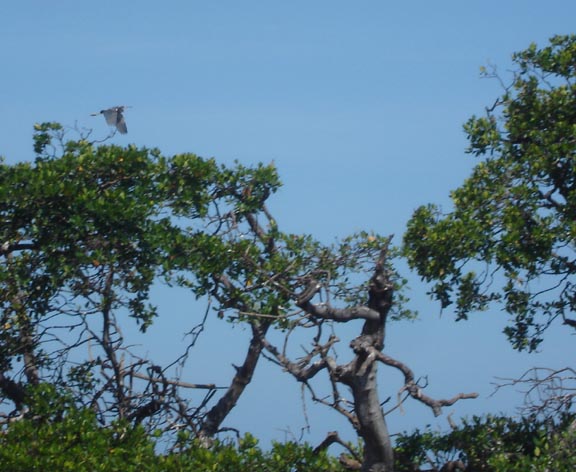
Here a grey heron flies back to the roost with a meal for the chicks. White bait (sardines, menhaden and other small fish) are abundant in the late fall so the pickings are easy as the adults keep leaving and returning to the roost.
Aerial operations around the island are always busy as birds fly over, approach and make ready for landing.
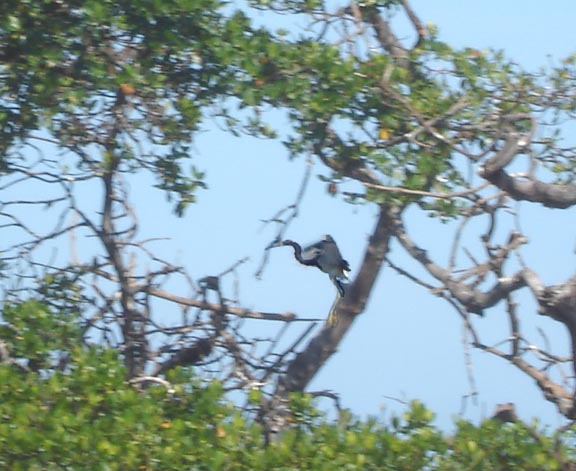
Somehow, they pick their way through the mangroves to land. We have enhanced the contrast of the bird versus the trees in this picture to show you the grey heron land on a mangrove tree. As we said earlier we do not believe in going right up to rookery islands as we do not want to disturb the parenting process so we shoot from 50 or 100 yards away.
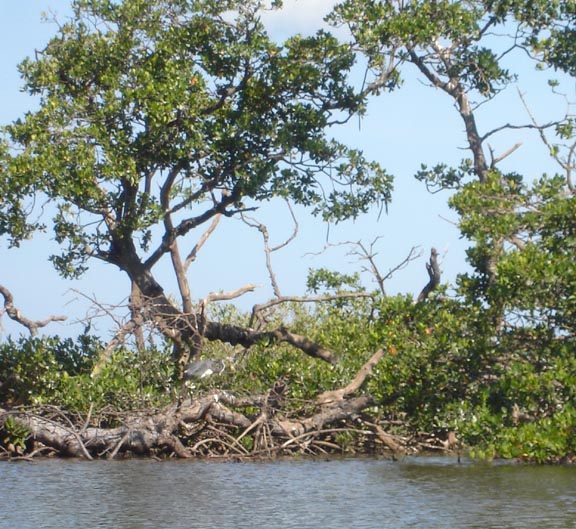
The birds walk up and down the mangrove logs to navigate the island. Much of the island is just falls or live mangroves hanging into the water but there are birds hanging out everywhere on the island. This rookery is just to the north of the drop when you get the kayak out into Rookery Bay you paddle past the sign below and it is the second island north of the drop point.
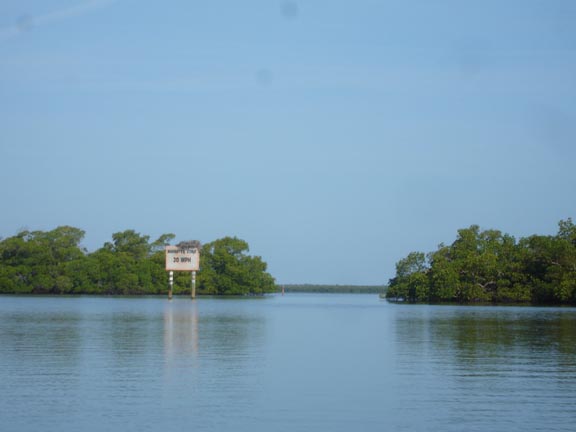
The rookery above is located just past this cut about 500 yards.

This slow manatee zone sign has a huge Osprey nest. It is very interesting the way these large birds of prey weave nests in high places above the mangroves. This nest is abandoned for the summer as they are out teaching the young birds to fly and hunt as they are usually used up to the point where they teach the birds to actually fly. There is nothing like watching an Osprey catch a medium sized mullet that lingered a second too long. Sometimes we have seen the actually drop the fish and catch it to reposition the aerodynamics for flying if it is large fish for the size of the bird. Then they quietly sit on a mangrove tree and rip pieces from the fish to eat. It is never quiet when they return to the nest with a fish and chicks as there is a loud competition among the one to two chicks to get as much of the food as possible as natural selection plays out in the mangroves. The kayak allows you to get up close and personal with things like Osprey nests but you would not want to do this with a bird of prey when chicks were in the nest or you might get dive bombed.




